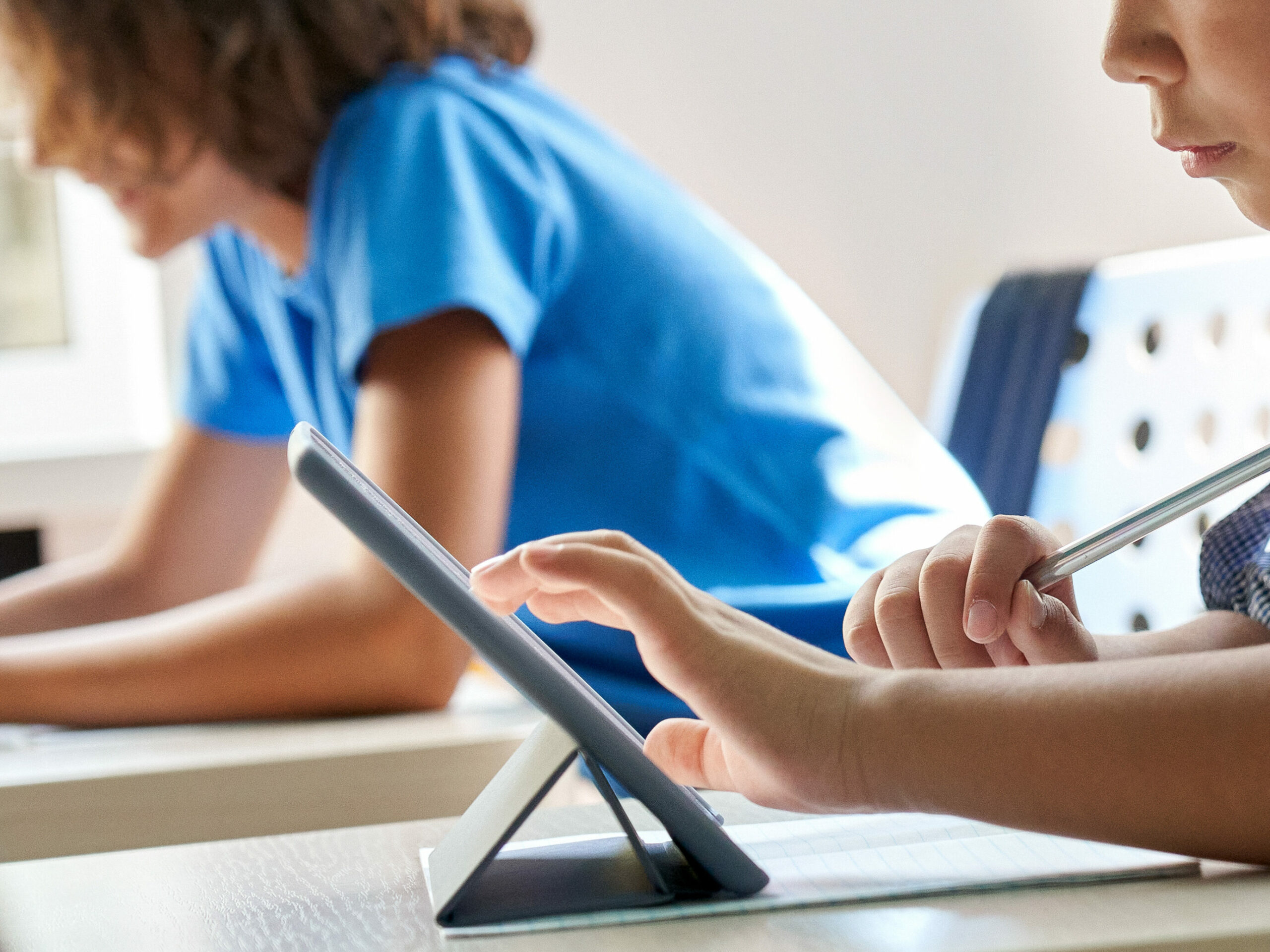The Rise of the Smart Classroom

Thanks to the integration of cutting-edge technologies. From interactive whiteboards to virtual reality headsets, today’s high-tech classrooms create immersive and engaging learning experiences for students and teachers. Listed below are some of the tools shaping the future of education.
1. Interactive Whiteboards: Interactive whiteboards have revolutionized traditional teaching methods. These sophisticated tools enable educators to present dynamic content, including images and videos, fostering interactive discussions. Students can actively participate using touch or a stylus, turning passive learning into an engaging experience.
2. Virtual Reality Headsets: Immersive learning takes center stage with virtual reality headsets. By transporting students to different worlds, these headsets offer unparalleled educational experiences. From exploring historical landmarks to diving into the complexities of the human body, virtual reality enhances comprehension and retention in a captivating way.
3. Tablets: Versatile and portable, tablets have become indispensable in the modern classroom. Students and teachers use them for note-taking, presentations, and research. Their lightweight design allows for flexibility, enabling education to extend beyond the confines of traditional classrooms.
4. Smart Boards: Building on the concept of interactive whiteboards, smart boards offer advanced functionality. With features like handwriting recognition and content-sharing capabilities, these boards provide a comprehensive platform for collaborative learning. Students can actively contribute to lessons and engage with multimedia content using touch or a stylus.
5. 3D Printers: Empowering creativity, 3D printers allow students to turn digital designs into tangible objects. This technology plays a vital role in teaching STEM subjects, offering hands-on experiences in engineering and design. Students can bring their ideas to life, fostering innovation and problem-solving skills.
6. Online Learning Platforms: The rise of online learning platforms, accelerated by the COVID-19 pandemic, has transformed the educational landscape. These platforms provide flexibility, allowing students to learn at their own pace and access a diverse range of courses. The virtual classroom has become an integral part of modern education.
7. Robotics Kits: Introducing students to robotics and programming, robotics kits promote hands-on learning. Students can build and program robots, gaining insights into STEM subjects and cultivating essential skills for the future. These kits nurture a passion for technology and innovation.
8. Smart Desks: Smart desks are the latest addition to high-tech classrooms, offering built-in computers, charging ports, and wireless connectivity. These desks enhance efficiency, providing a seamless integration of technology into the learning environment. Both students and teachers benefit from the convenience and accessibility they offer.
9. Smart Lighting: Creating an optimal learning environment is crucial, and smart lighting addresses this need. Adjustable based on factors like time of day and weather, smart lighting contributes to a comfortable and productive atmosphere in the classroom, positively impacting focus and concentration.
10. Smart Lockers: Ensuring the security of students’ belongings, smart lockers go beyond conventional storage solutions. With biometric authentication and remote access, these lockers provide a secure space for laptops, tablets, and other devices.
As we witness the integration of these high-tech gadgets and technologies into today’s classrooms, cybersecurity must be prioritized to ensure the safety and security of students and educators alike.
Contact Fortis Cyber Solutions for a FREE Cybersecurity Assessment covering all devices in your school’s network.






